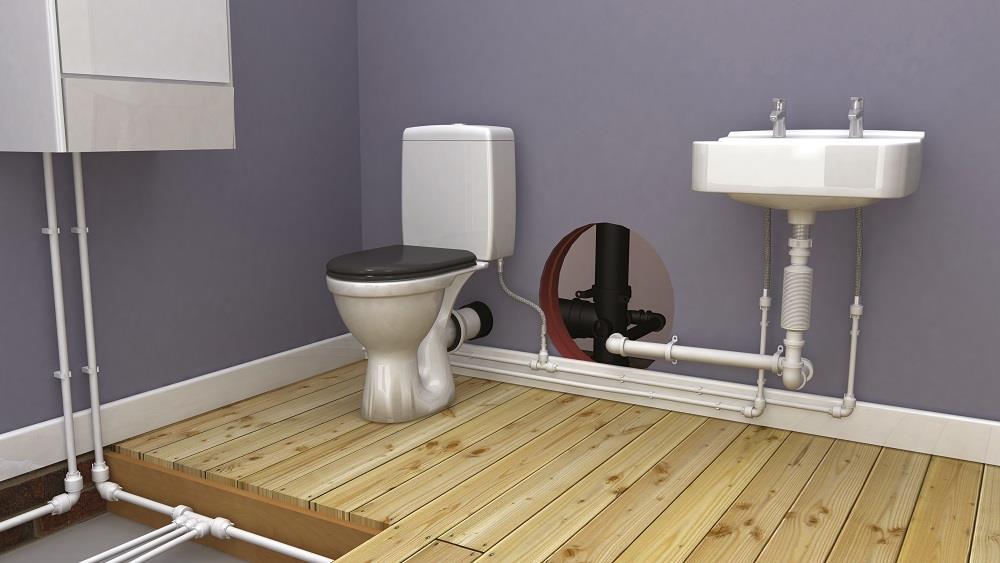

Steve Skeldon, of BPF Pipes Group, explains why the sustainable benefits of a PVC--U soil stack ensure it is the right choice for any project.
Everyone is searching for sustainability in the drive towards a carbon neutral and more circular economy and Government targets are really focusing the mind for those in construction as well as their customers.
When you think about product sustainability, PVC-U isn’t necessarily the first material that springs to mind. However, take a look at the Environmental Product Declaration for PVC-U and your opinion may be changed: EPDs are able to bring a data driven objective view which is sometimes at odds with perceived viewpoints.
An EPD states the environmental impact of a product throughout its life – from cradle to grave. By doing this it can help customers select the most sustainable materials and even specific product brands.
TEPPFA, the European plastic pipes and fitting association, has developed an EPD for PVC-U which allows comparisons to be made with ductile iron, measured in kg of carbon dioxide released over a 50-year lifespan and the impact of fossil fuel depletion.
It can be seen in the accompanying chart which demonstrates that PVC-U has a lower environmental impact over its entire lifecycle than ductile iron.
The value of EPDs is immense when making decisions on construction materials that are intended for long-term use.
It is also becoming increasingly important to customers that building products are made to the appropriate manufacturing standards. PVC-U as described in the TEPPFA EPD is based on a virgin solid wall PVC-U pipe manufactured to EN 1329, but further environmental benefits can be realised if the pipe is manufactured with higher levels of recycled material.
Taking post-consumer PVC-U waste at end of life (such as window profiles) and integrating this waste into a multilayer pipe strengthens the environmental case for PVC-U.
Critically, standards such as EN 1453 are in place to allow it, so customers can have confidence that making a good decision using the environmental parameter isn’t compromised by lower performance in use.
The BPF Pipes Group is at the forefront of standards development and it’s interesting that a pipe manufactured today can be retrofitted to a pipe manufactured several decades ago, which means the whole system doesn’t have to be replaced.
Like many other building products, pipe manufacturers do not force obsolescence; compare that to anyone trying to install new software or operating systems on a five-year-old tablet or laptop – they will know that this is not true of other markets.
PVC-U stacks are available with push-fit joints, so there is a low requirement for energy consuming power tools like hand drills to remove the blind bosses. The pipe can be cut with a hand saw too. PVC-U stacks can be disassembled and reused rather than replaced, and they contain UV protection for long-life and durability when installed externally.
When it comes to design technology, pipe manufacturers have invested heavily in the creation of BIM content for designers of building services over recent years. This has a direct impact on the industry by reducing unnecessary site waste, such as through clash detection and more accurate bills of materials.
In conclusion, with data derived by TEPPFA, manufacturing standards which enable high levels of recycled material and support retrofitting, and the inherent design and installation advantages of PVC – all combine to present a compelling case for ensuring PVC-U stacks are essential for your next project.
The BPF Pipes Group produces guidance on installing below and above ground plastic pipes, intended to encourage best practice and circularity across the entire industry. All guidance documents are available at https://www.bpfpipesgroup.com/support-downloads/guidance-notes/